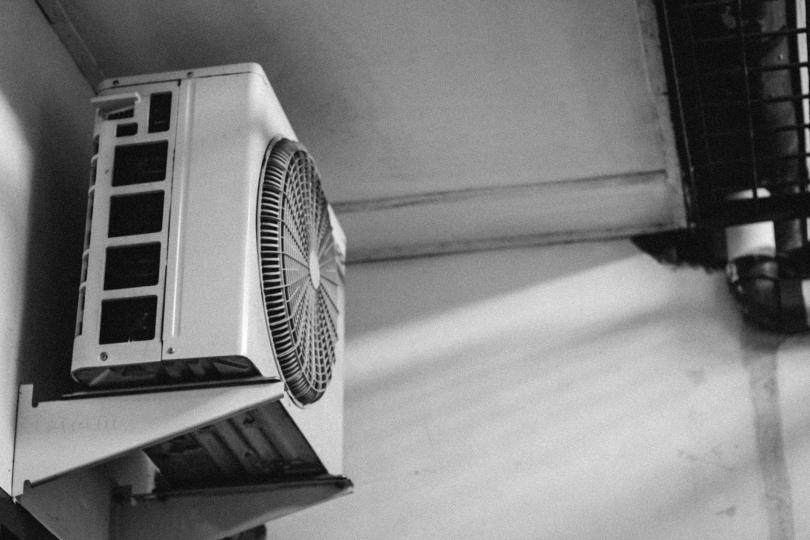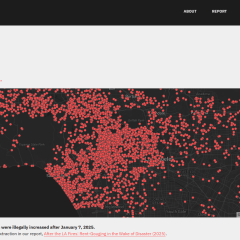Kirk authors report advocating for renters’ right to cooling
A report by Strategic Actions for a Just Economy (SAJE) Director of Policy and Advocacy, Chelsea Kirk, identifies indoor heat as a rising threat for Los Angeles renters and aims to inform policies that Los Angeles City and County are developing to protect renters from extreme indoor heat.
The SAJE blog summarizes the report:
“Over the next decade, climate scientists predict Los Angeles will experience three times more days of temperatures over 95°F. This extreme heat isn’t just uncomfortable—it’s fatal. Heat kills more people annually in the U.S. than any other natural disaster, with more than half of deaths occurring indoors due to the absence of effective cooling.
According to a new SAJE report, A Renters’ Right to Cooling: Addressing Extreme Heat in Rental Housing, renters are especially vulnerable to indoor-heat-related illness and death. This is because so many lack air conditioning in their homes, and air conditioning is the only effective measure for lowering indoor temperatures during extreme heat events.
A Renters’ Right to Cooling draws on the experiences of tenants in South L.A., an area disproportionately burdened by the effects of climate change and extreme heat, with less tree shade, green space, and other infrastructure investments than other parts of the city. Many tenants shared they are afraid to ask for air conditioning because they are worried it might trigger rent increases, harassment, or eviction. Others said their landlords have outright banned A/C units.
Currently, California law mandates landlords provide in-home heating, but there are no laws about in-home cooling. SAJE hopes A Renters’ Right to Cooling will inform policies that Los Angeles City and County are developing to protect renters from extreme indoor heat. At the very least, tenants should have a legally protected right to install and operate air-conditioning units in their homes. Ideally, California should require landlords to provide air conditioning in rental housing the same way they are required to provide heat.”


